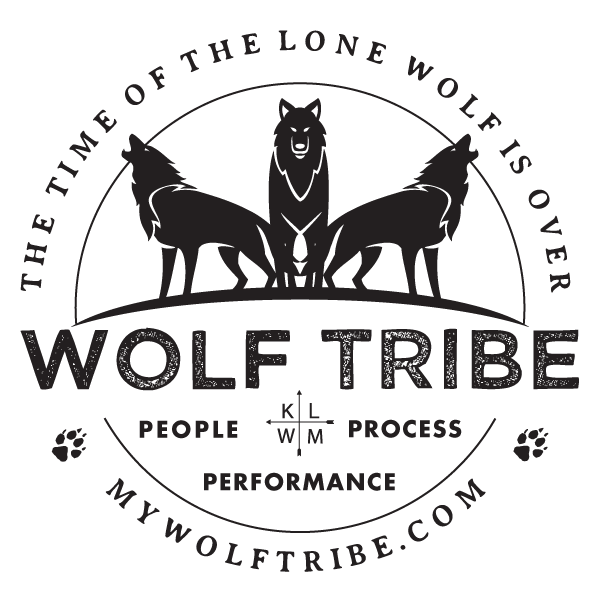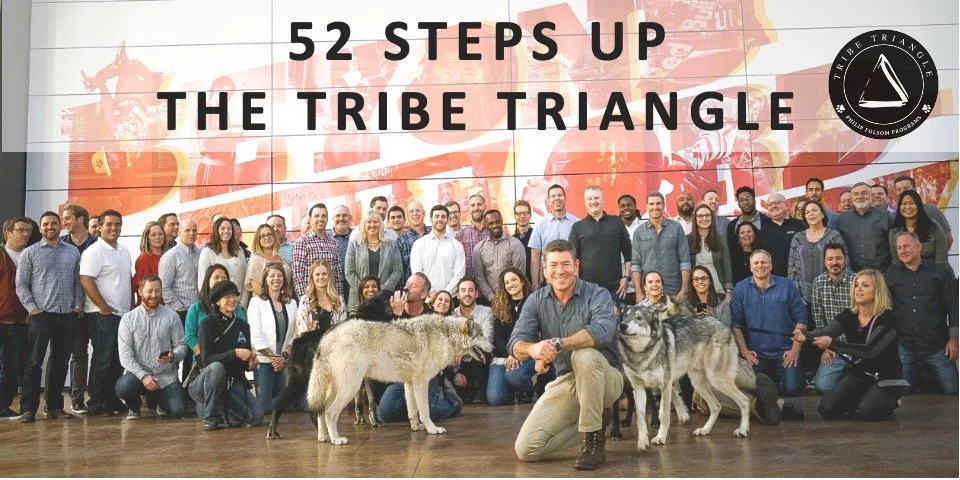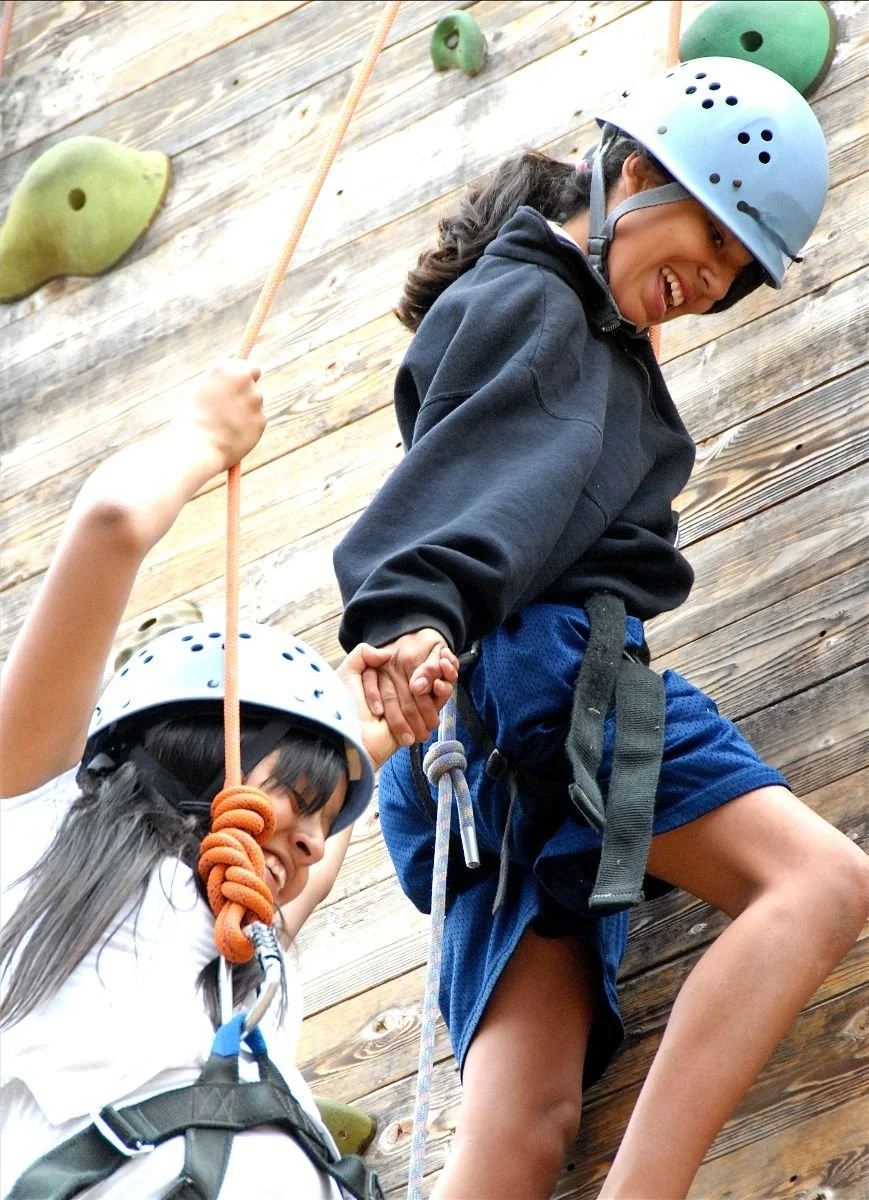Step 18 Up the Tribe Triangle: The Power of Altruism
“Every man must decide whether he will walk in the light of creative altruism or in the darkness of destructive selfishness.”
-Martin Luther King
In the natural world, altruism is defined as behavior that benefits another at its own expense. For example, giving your food away to a hungry person at the cost of going hungry yourself. You can see how this uniquely moral and ethical behavior can only sustainably work in a kinship system because if that hungry person you gave your lunch to is in your tribe there is a good chance for eventual reciprocity whereas giving our lunch to strangers leads to our inevitable starvation.
The difference between kindness and altruism is that kindness involves agreeable behavior that is driven by an obligation to a member of your tribe and altruism is driven by a belief of being selfless in the service of others. Altruism is the next level of kindness.
Altruism is not just moral, it is necessary to many communal species, however there are only a few species that display legitimate altruism. Selflessness may be innate to many communal species but it is not instinctual and must be taught. Actions that benefit the whole but compromise the one providing the action are altruistic and only a few advanced species display that. Wolves and humans are two of these species.
The famous anthropologist, Margaret Mead, was once asked what the earliest evidence of human culture was. Instead of the expected answer of ‘stone tools, fire or pottery’, she answered: “healed broken bones”. Healed broken bones are direct evidence of the long-term commitment that interdependent species have with each other.
The need for altruism is especially important for species that require advanced skill development to be successful, again, wolves and humans are examples of this and both species need substantial investment of resources before they are valuable members of the pack or tribe. Altruism is an evolutionary design feature that protects these valuable tribe assets. Protect your skill players, Tribe Leader!
Altruism is resiliency behavior because it provides the absolution of mistakes that are made.
People make mistakes, especially when they are learning new skills.
Altruism drives commitment to the tribe which increases long term pay off of skill investment. . Altruism also maintains feelings of high morale and belonging because people who make mistakes will undoubtedly be forced to deal with shame and judgement.
You cannot afford to deal with isolation in your tribe because the cost is engagement and you simply cannot afford to have a lack of engagement in your tribe. People live a long time, and it takes a long time for them to learn and develop into productive members of the tribe. This is as true now as it was in earlier times. If we don’t take care of the developing members of our tribe and maintaining a culture of engagement we will be unable to thrive.
These feelings of well-being that come from altruism are also shared by those of us committed to selfless behavior and studies have shown a direct correlation between sacrificing for others and a sense of happiness and wellbeing.
Altruism is success behavior because it increases
risk taking and competitiveness. The safety of altruism drives the resiliency that is required for risk-taking which is a vital function for a predatory species such as ourselves. This example of altruism is well demonstrated in our military ethos where we have strong commitments about not leaving any soldier behind even if it costs us massive resources to enact. Similarly, we do not shoot our wounded or even the wounded of our enemies even though the cost for this altruistic behavior is often substantial. The fact that soldiers know this altruism exists makes risk taking much more palatable and this is another substantial form of resiliency and competitiveness.
Risks of altruism- Exhibiting altruism to everyone in the world leaves you depleted and unable to serve. You cannot pour from an empty cup, Tribe Leader, and you must put your oxygen mask on first for you to be able to serve those next to you. In addition, if we end up helping too much then we create enablement and eventually resentment. Don’t cripple your people!
“Help someone, you earn a friend.
Help someone too much and you make an enemy.”
-Erol Ozan
Altruism is the ‘right thing to do’ but it only functions in an ongoing way within an honor-based or kinship system. This is why we are exploring this powerful topic only after we have established our culture of alignment. There must be reciprocity and kinship established first even if that reciprocity is so far out we cannot see it. The best time to plant a tree is 20 years ago and the next best time is now. As a species, we must keep planting trees that we will never personally sit in the shade of. Sometimes building an honor-based culture can feel like planting that tree. This is altruism.
Click here To watch the video of Step 18:The Power of Altruism
Leaders must write and speak
Answer these questions in your journal by really writing them down. Discuss them with at least one of your most important people and really listen to their response.
Who is a valuable member of your tribe who has made a recent mistake and would benefit from a healing absolution from you, Tribe Leader?
Who is a valuable member of your tribe who has been wounded by a setback of some sort and would benefit from some compassion from you, Tribe Leader.
Ubuntu,
Philip Folsom







